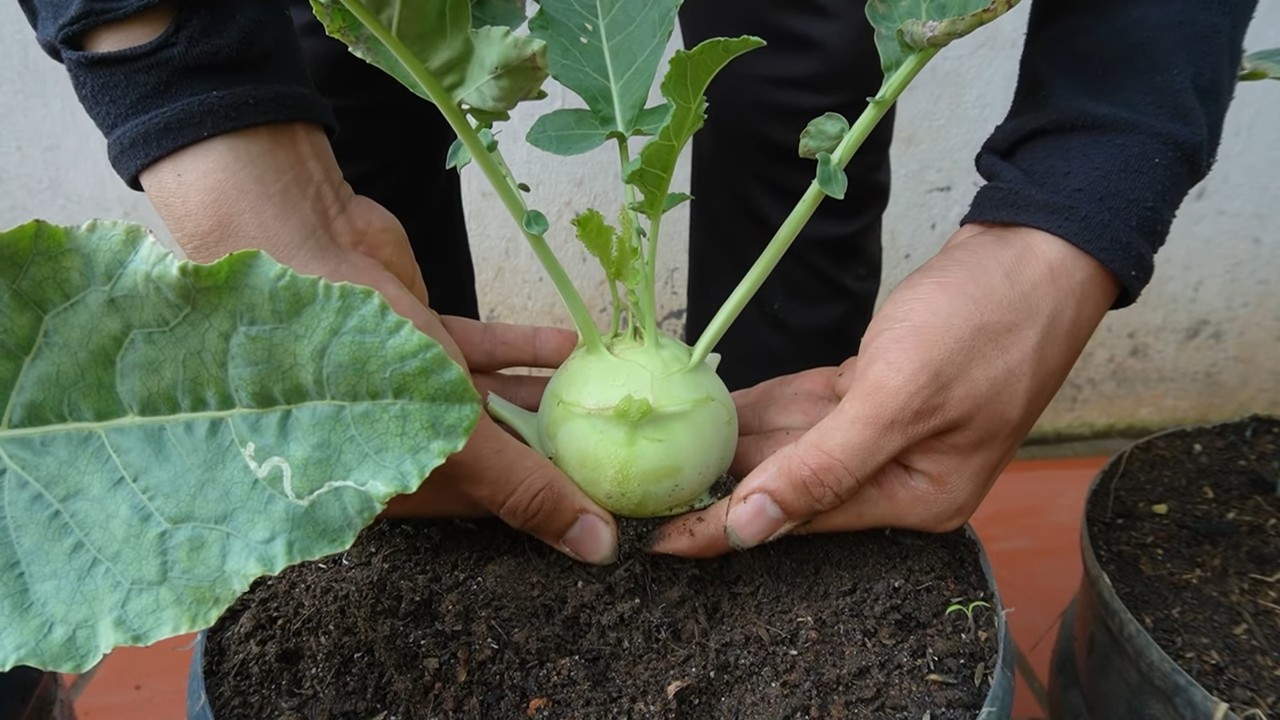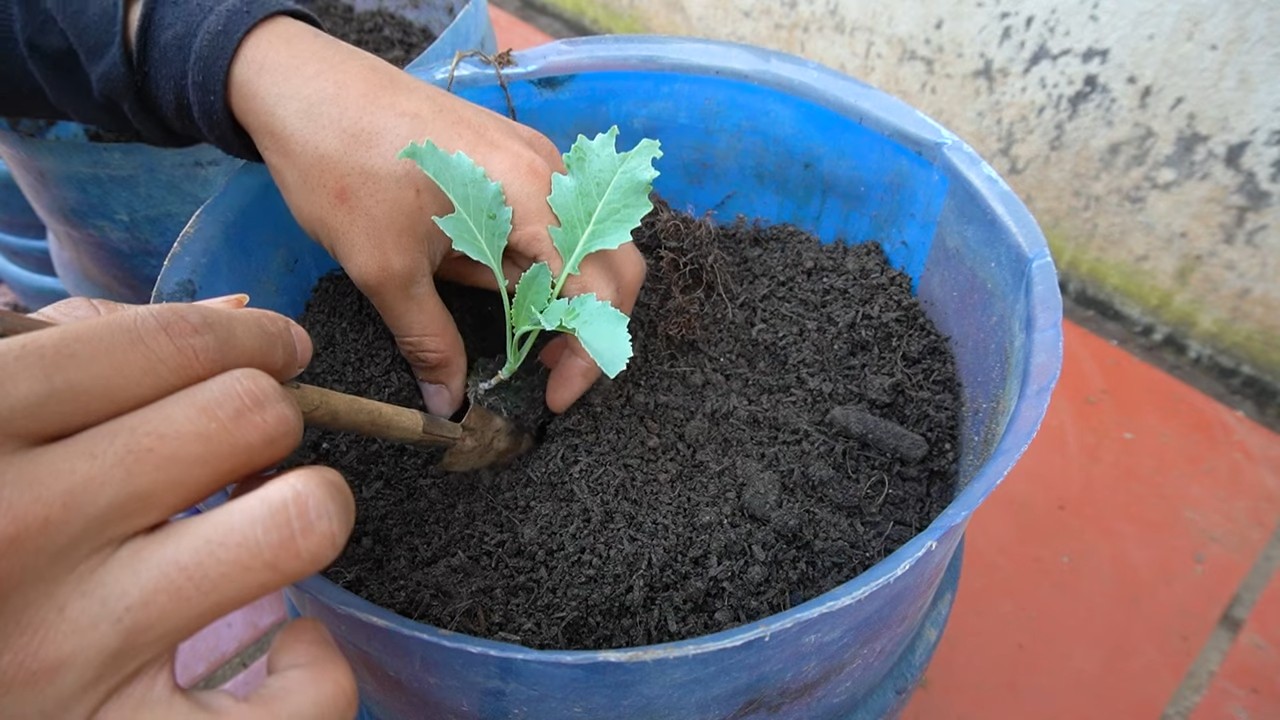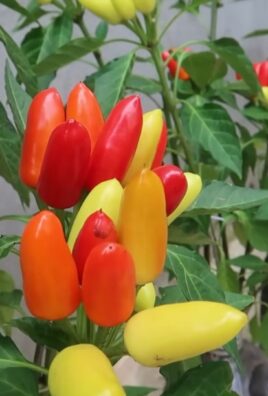Growing Garlic in Bags: Unlock the secrets to a bountiful harvest, even without a sprawling garden! Have you ever dreamt of snipping fresh garlic from your own backyard, infusing your meals with that unmistakable pungent flavor? But perhaps you’re short on space, or maybe your soil isn’t quite up to par. Don’t let that stop you! This DIY guide will reveal the surprisingly simple and effective method of growing garlic in bags, transforming even the smallest balcony or patio into a thriving garlic patch.
Garlic, a culinary staple for centuries, boasts a rich history interwoven with cultures around the globe. From ancient Egyptian tombs to medieval European kitchens, garlic has been revered not only for its flavor but also for its purported medicinal properties. For generations, gardeners have sought innovative ways to cultivate this versatile bulb, and growing garlic in bags is a modern twist on a time-honored tradition.
Why should you embrace this DIY trick? Because it’s a game-changer! Many of us struggle with limited space, poor soil conditions, or even pesky garden pests. Growing garlic in bags bypasses these common challenges, offering a controlled environment where your garlic can flourish. Plus, it’s incredibly budget-friendly and requires minimal effort. I’m excited to share with you all the tips and tricks I’ve learned to make this process a success. Get ready to enjoy the satisfaction of harvesting your own homegrown garlic, packed with flavor and freshness!

Growing Garlic in Sacks: A Simple DIY Guide
Hello garden friends! Do you want to grow your own garlic but have limited space? Don’t worry, I’ll show you how to easily grow garlic in sacks! This is a great method, especially if you don’t have a garden or are just looking for an uncomplicated alternative. Let’s get started!
What you need:
- Garlic cloves: Organic garlic from the market or a health food store is best. Make sure the cloves look firm and healthy. Avoid supermarket garlic, as it has often been treated to prevent sprouting.
- Sacks: You can use jute sacks, potato sacks, or even large, sturdy plastic bags. It’s important that they are large enough (at least 30 liters capacity) and have holes for drainage.
- Soil: A good, nutrient-rich potting soil is ideal. You can also mix in compost to further enrich the soil.
- Drainage material: Gravel, expanded clay, or pottery shards for the bottom of the sacks. This prevents waterlogging.
- Watering can: For watering your garlic plants.
- Optional: Organic fertilizer (e.g., horn shavings or compost tea) for an additional supply of nutrients.
Preparation is everything:
Before we start planting, we need to prepare the sacks and mix the soil.
- Prepare the sacks: If your sacks don’t have holes, you must add them. Use a knife or scissors to make several holes in the bottom of the sacks. This is important so that excess water can drain away and the garlic cloves don’t rot.
- Add drainage: Put a layer of drainage material (gravel, expanded clay, or pottery shards) on the bottom of the sacks. This layer should be about 5-10 cm thick.
- Mix the soil: Mix your potting soil with compost (if you have any). This ensures a good supply of nutrients for the garlic.
- Fill the sacks: Fill the sacks with the soil, but leave about 10 cm of space at the top.
Planting the garlic cloves:
Now for the exciting part: planting the garlic cloves!
- Prepare the cloves: Carefully separate the garlic cloves from the bulb. Be careful not to damage the skin of the cloves.
- Make planting holes: Use your fingers or a small trowel to make planting holes in the soil. The holes should be about 5-7 cm deep and about 10-15 cm apart.
- Insert the cloves: Place the garlic cloves in the holes with the pointed end facing up.
- Close the holes: Cover the cloves with soil and press the soil down lightly.
- Water: Water the soil carefully so that it is well moistened.
Caring for your garlic:
For your garlic to grow well, it needs regular care.
- Location: Place the sacks in a sunny spot. Garlic needs at least 6 hours of sun per day.
- Watering: Water the garlic regularly, but avoid waterlogging. The soil should always be slightly moist.
- Fertilizing: Fertilize the garlic every few weeks with an organic fertilizer (e.g., horn shavings or compost tea).
- Weeding: Regularly remove weeds that grow in the sacks.
- Pest protection: Watch out for pests like garlic mites or leek moths. If necessary, you can use organic pesticides.
Harvest time:
The harvest time for garlic is usually in the summer, about 8-9 months after planting.
- Recognizing harvest time: The garlic is ready when the leaves turn yellow and bend over.
- Harvesting garlic: Carefully pull the garlic bulbs out of the soil.
- Drying: Let the garlic dry in a dry, airy place. You can either lay it out on a rack or braid it into plaits and hang it up.
- Storing: Store the dried garlic in a cool, dry, and dark place. It will keep for several months this way.
Additional tips and tricks:
- Variety selection: There are different varieties of garlic that differ in taste and size. Find out which variety is best suited for your region.
- Planting time: The best time to plant garlic is in the fall (September/October). This gives the cloves enough time to form roots before winter comes.
- Mulching: Mulch the soil around the garlic plants with straw or leaves. This keeps the moisture in the soil and suppresses weeds.
- Garlic scapes (flower stalks): If the garlic forms flower stalks (scapes), you should remove them. This directs the plant’s energy into the bulb. The scapes are edible, by the way, and taste delicious in salads or as pesto.
- Sustainability: Use recycled sacks and organic soil to make your garlic cultivation as sustainable as possible.
Common problems and solutions:
- Yellow leaves: Yellow leaves can have various causes, e.g., nutrient deficiency, lack of water, or pest infestation. Check the soil, water regularly, and fertilize if necessary.
- Rotten cloves: Rotten cloves are usually a sign of waterlogging. Ensure good drainage and don’t water too much.
- Small bulbs: Small bulbs can be caused by a lack of nutrients or too little sun. Fertilize regularly and place the sacks in a sunny location.
- Pests: Watch out for pests like garlic mites or leek moths. If necessary, you can use organic pesticides.
Why grow garlic in a sack?
- Space-saving: Ideal for balconies, patios, or small gardens.
- Flexible: The sacks can be easily moved to find the best location.
- Easy: An uncomplicated method, even for beginners.
- Sustainable: You know exactly where your garlic comes from and how it was grown.
- Fresh taste: Homegrown garlic simply tastes better!
Conclusion:
Growing garlic in a sack is an easy and rewarding way to harvest your own garlic. With a little care and attention, you can look forward to a bountiful harvest. Give it a try and enjoy! Happy gardening!

Conclusion
So, there you have it! Growing garlic in bags is not just a gardening hack; it’s a game-changer, especially for those with limited space or challenging soil conditions. We’ve walked you through the simple steps, highlighted the benefits, and hopefully, inspired you to ditch the traditional garden bed and embrace this innovative method.
Why is this a must-try? Because it offers unparalleled convenience, control, and often, even better results. Imagine harvesting plump, flavorful garlic bulbs right from your patio or balcony. No more back-breaking digging in hard clay soil, no more battling persistent weeds in a sprawling garden plot. With bag gardening, you’re in charge. You dictate the soil composition, the watering schedule, and the overall environment, creating the perfect conditions for your garlic to thrive.
But the beauty of this method lies not only in its practicality but also in its adaptability. Feel free to experiment with different bag sizes. Larger bags can accommodate more bulbs and potentially yield larger heads of garlic. Try different soil mixes. A blend of compost, potting soil, and perlite can provide excellent drainage and nutrient retention. Consider adding slow-release fertilizer to give your garlic an extra boost.
And don’t limit yourself to just one variety of garlic! Explore the diverse world of garlic cultivars. From the robust flavor of hardneck varieties like ‘Music’ to the milder taste of softneck types like ‘California Early,’ there’s a garlic for every palate. Growing different varieties in separate bags allows you to compare their growth habits, flavors, and storage capabilities.
Furthermore, think about companion planting. While garlic itself is a natural pest repellent, you can further enhance its growing environment by planting compatible herbs like chamomile or dill in the same bag. These companions can attract beneficial insects and deter unwanted pests, creating a healthier and more productive ecosystem.
The key takeaway here is that growing garlic in bags is not a rigid, one-size-fits-all approach. It’s an invitation to experiment, learn, and discover what works best for you and your specific growing conditions. It’s about taking control of your food source and enjoying the satisfaction of harvesting your own homegrown garlic.
We wholeheartedly encourage you to give this DIY trick a try. It’s a rewarding experience that will not only provide you with delicious garlic but also deepen your connection to nature and the food you eat. And most importantly, we want to hear about your experience! Share your successes, your challenges, and your tips with us and the wider gardening community. Let’s learn from each other and collectively unlock the full potential of growing garlic in bags. Post pictures of your garlic bags on social media and tag us! Let’s spread the word about this fantastic and easy way to grow your own garlic.
So, grab a bag, some soil, and a few garlic cloves, and get ready to embark on a rewarding gardening adventure. You’ll be amazed at how easy and fulfilling it is to grow your own fresh, flavorful garlic right at home. Happy gardening!
Frequently Asked Questions (FAQ)
What kind of bags are best for growing garlic?
The best bags for growing garlic are typically made of fabric, such as grow bags or burlap sacks. These materials allow for good drainage and aeration, which are crucial for healthy garlic growth. Plastic bags are generally not recommended, as they can trap moisture and lead to root rot. Choose a bag that is at least 12 inches in diameter and 12 inches deep to provide enough space for the garlic bulbs to develop. You can also repurpose old shopping bags, but make sure to poke holes in the bottom for drainage.
How many garlic cloves can I plant in one bag?
The number of garlic cloves you can plant in one bag depends on the size of the bag and the variety of garlic you’re growing. As a general rule, space the cloves about 4-6 inches apart. For a 12-inch diameter bag, you can typically plant 3-5 cloves. Overcrowding can lead to smaller bulbs and increased risk of disease. If you’re using a larger bag, you can plant more cloves, but make sure to maintain adequate spacing.
What type of soil should I use for growing garlic in bags?
Garlic thrives in well-draining, fertile soil. A good soil mix for growing garlic in bags is a combination of potting soil, compost, and perlite. The potting soil provides a good base, the compost adds nutrients, and the perlite improves drainage. Avoid using heavy clay soil, as it can become waterlogged and inhibit root growth. You can also add a slow-release fertilizer to the soil mix to provide a steady supply of nutrients throughout the growing season.
How often should I water my garlic plants in bags?
Water your garlic plants regularly, especially during dry periods. The soil should be consistently moist but not waterlogged. Check the soil moisture by sticking your finger about an inch into the soil. If it feels dry, it’s time to water. Water deeply, allowing the water to drain out of the bottom of the bag. Avoid overhead watering, as it can promote fungal diseases. During the dormant season (winter), reduce watering frequency.
When is the best time to plant garlic in bags?
The best time to plant garlic in bags is in the fall, about 4-6 weeks before the first expected frost. This allows the garlic cloves to establish roots before winter sets in. In colder climates, you may need to provide some protection to the bags during the winter months, such as mulching or moving them to a sheltered location. In warmer climates, you can plant garlic in late fall or early winter.
How do I know when my garlic is ready to harvest?
Garlic is typically ready to harvest in the summer, about 8-9 months after planting. The leaves will start to turn yellow and brown, and the stems will begin to fall over. To check if the bulbs are ready, carefully dig up a test bulb. The bulb should be plump and well-formed, with papery skins. If the bulb is still small or the skins are thin, wait a few more weeks before harvesting.
Can I reuse the soil in my garlic bags?
It’s generally not recommended to reuse the soil in your garlic bags for growing garlic again in the same season. Garlic can deplete the soil of nutrients, and reusing the soil can increase the risk of disease. However, you can reuse the soil for other plants that are not susceptible to the same diseases as garlic. Before reusing the soil, amend it with compost and other organic matter to replenish nutrients.
What are some common problems when growing garlic in bags?
Some common problems when growing garlic in bags include root rot, fungal diseases, and pest infestations. Root rot can occur if the soil is waterlogged, so make sure to provide good drainage. Fungal diseases can be prevented by avoiding overhead watering and providing good air circulation. Pests such as aphids and thrips can be controlled with insecticidal soap or neem oil. Regularly inspect your plants for signs of problems and take action promptly.
Can I grow garlic indoors in bags?
While it’s possible to grow garlic indoors in bags, it’s not ideal. Garlic requires a period of cold dormancy to develop properly, which is difficult to replicate indoors. Additionally, garlic needs a lot of sunlight, which can be challenging to provide indoors. If you do decide to grow garlic indoors, make sure to provide a cold period by placing the bags in a cool, dark location for several weeks before planting. Also, provide plenty of sunlight or use grow lights.
How do I store my harvested garlic?
After harvesting your garlic, cure it by hanging the bulbs in a well-ventilated, dry location for 2-3 weeks. This allows the skins to dry and the bulbs to harden. Once cured, you can store the garlic in a cool, dark, and dry place. Braiding the garlic bulbs together is a traditional way to store them. Properly stored garlic can last for several months.





Leave a Comment